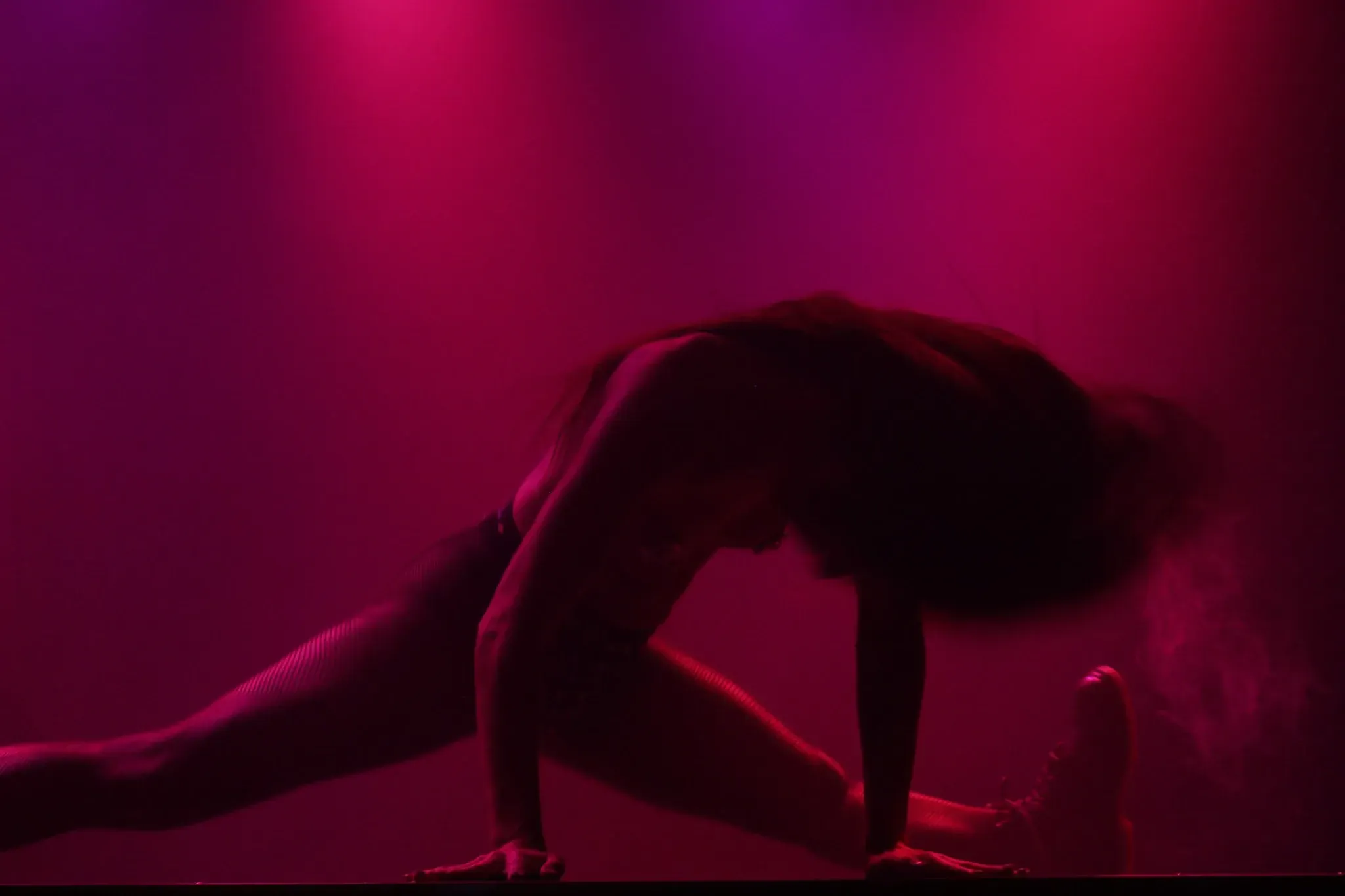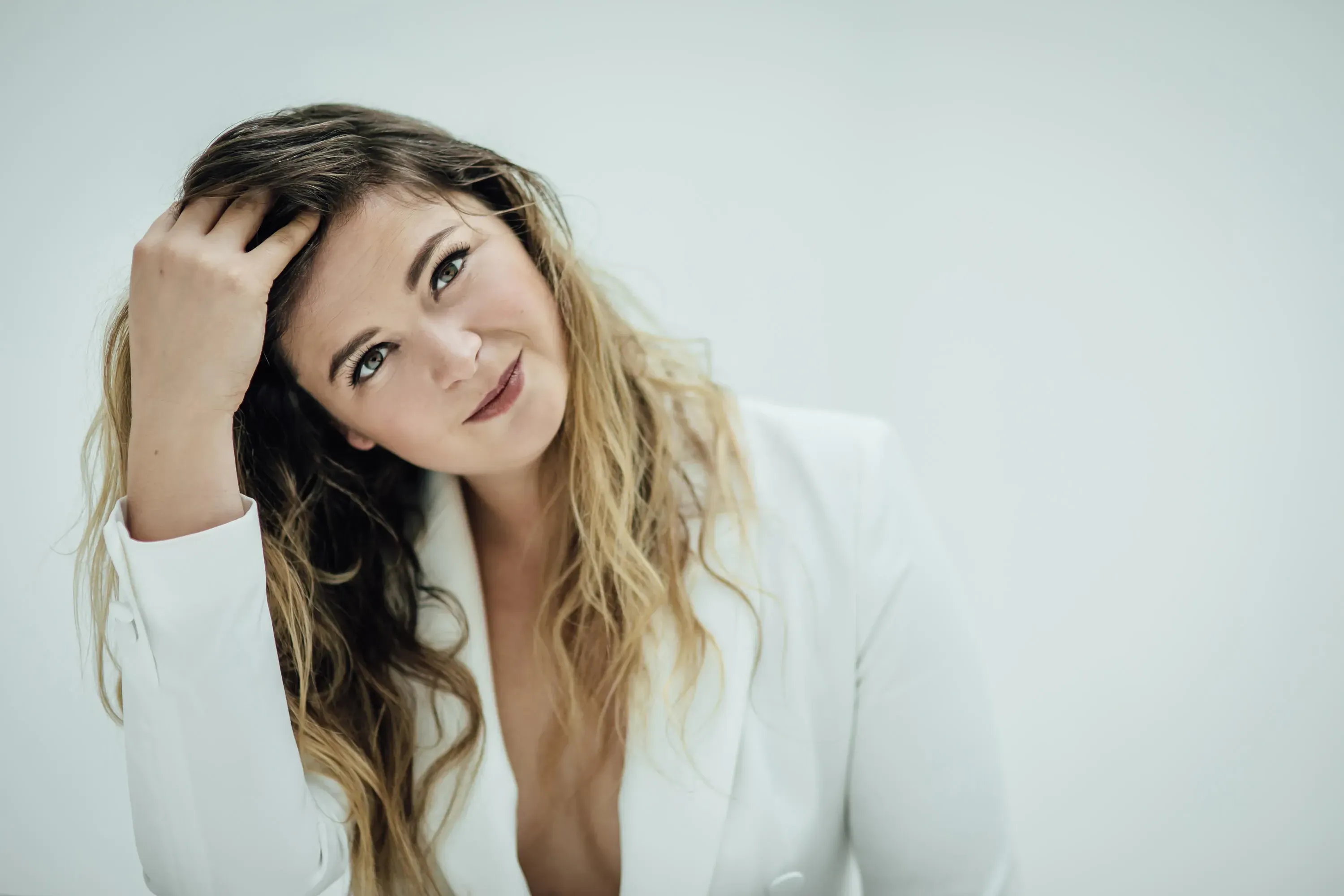Let's Talk About Sex

The worst sex-based arts scene I’ve ever seen happened in cabaret show.
It was held in one of those grimy-chic suburbs where every roadside skip has a coffee bar hidden inside it. Everyone in the crowd was doing the aloof, furious, look-at-me-don’t-look-at-me scowl.
We were mid-way through, and the next act came on stage dressed in what looked like a giant pink rubber glove. The sort that your Mum would don to scrub a casserole dish.
They sat down, whipped out a portable shower sack, a tub of yoghurt, and a foot pedal pump…..and proceeded to do a live, yoghurt-based re-enactment of female ejaculation.
It really, really wasn’t the act to sit in the front row for. Especially as I’d just gone dairy free.
The night stuck with me for obvious reasons.
Firstly, because I’d dragged along a lovely, sensible, non-arty friend to explain to her what cabaret was. And subsequently had to spend the rest of the night explaining that it’s not normal to spray your audience in metaphorically significant dairy products.
But the real reason it stuck with me is it seemed like a perfect metaphor for how hard it is to get sex right in the arts.
Have you ever tried writing a good sex scene? Or shooting something erotic that doesn’t tip into either frilly kitsch? Or filming a love scene that doesn’t look like your mate started a low rent Only Fans in their converted basement garage next door?
I can count on one hand the times I’ve seen it done in its true, proper gasping, breathtaking, pulse raising, soul scorchingly furious form (Interestingly, one of those times did also involved yoghurt).
But erotic lactose-based snacks aside, there are a set of deeper similarities that link pretty much all works that successfully talk about sex.
These are the subtle but discernible rules for talking, writing, painting, creating about sex. Rules that I’ve slowly learned, watched, and had hammered into me after years of writing/producing cabarets, running a burlesque club and writing sex columns.
Is this for you or the audience?
The first rule is the same as the cardinal rule about all art; do you actually have something to say about sex? Or do you just want to indulge what you find sexy?
Have you got a point about the nature of eroticism? Or are you just trussing up your naked dancers in harnesses and glow paint like a roast chicken going to a late-night rave because you like that…?
If you’re just putting disco chickens up there, it’s always going to be cringe.
Not only because it’s jarringly uncomfortable to see so much of the artists’ secret lusts on stage but also because it’s boring. If it’s just what you find hot, it will inevitably be self-serving, insular, dull and incomprehensible to the outside.
And so the secret here is the secret to all great art - you need to take the personal observation, and then translate it out into a universal revelation.
Because there are a lot of fascinating things to say about sex - it’s just really easy to not say them.
Tacky, tasteful, truthful?
The second thing to remember is that it’s always going to be hard to do this well because you’re probably worried it’s, well, tacky.
You know that little voice at the back of your head that always gets sniffy about sex? The same voice that you always read community Facebook page comments in? That’s the voice that always hisses, “that’s not art, that’s smut!” - and it can seriously undermine your confidence in what you have to say about desire.
But the thing is, that voice is wrong.
The best piece of advice I ever got for portraying sex in art was, ‘tacky isn’t the presence of sex, it’s the absence of intelligence.’

Lucy Lynch at Club Burlesque. Photo: Coco Janssen.
So actually, it’s not innately tacky to put sex in your work, not unless you think artists throughout the ages like Cezanne, Manet or De Goya were just two-bit smut hustlers. The trick is you need to handle the sex with intelligence. It’s when you handle it badly, crudely or stupidly that it gets cringeworthy for the audience.
And sure, I know how easy it is to get smutty, or giggly or silly about sex. Which brings me to the final rule.
Intelligence and authenticity
Whenever you want to talk about sex, ask yourself;
“Am I comfortable with saying this?”
The first time I ever MCed a burlesque show, I went into full on, furiously, filthy, funny mode. I thought it was hilarious. People were laughing. I thought it worked.
But after the show, the director pulled me aside and roasted me for being so crass.
When I protested that everyone had laughed, he said, “No, that wasn’t laughter, that was the controlled release of embarrassment.”
Unfortunately, he was right. And I realised I’d been worried about talking about sex.
I’d been so uncomfortable that I panicked. I’d launched into crassness, and press ganged my audience into hilarity via extreme disgust.

Verity Johnson. Photo: Supplied.
So ask yourself – honestly - how you feel about your message. If you’re ashamed or uncomfortable, all that’s going to happen is that’s going to bubble up out of your work and splatter all over the audience. And that is always going to result in some truly cringeworthy art.
It sounds so simple when you say it like this - find something intelligent to say and say it with confidence.
But obviously what we don’t take into account is all the baggage we bring to our own discussion of sex. It’s like money - we’re all instinctively emotional about it.
So my final piece of advice would be to give it time. The first time you try, you’ll inevitably end up colouring and blurring your message with your emotions.
Do a first draft, step back, go and think of something completely different for a few weeks and come back to it.
When it’s such a sensitive topic like sex, it pays to do put the time in. It’s the only way to do it right.

